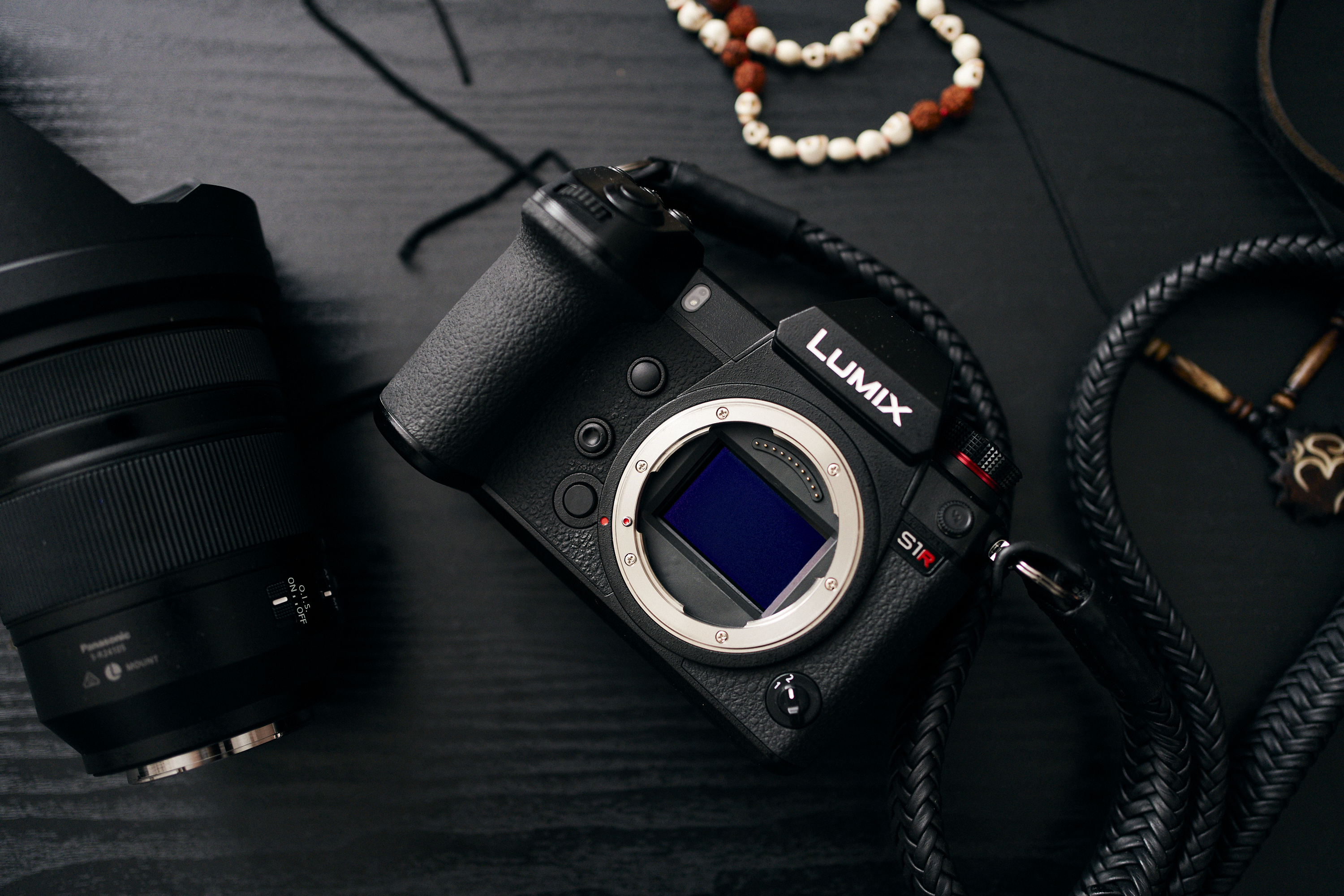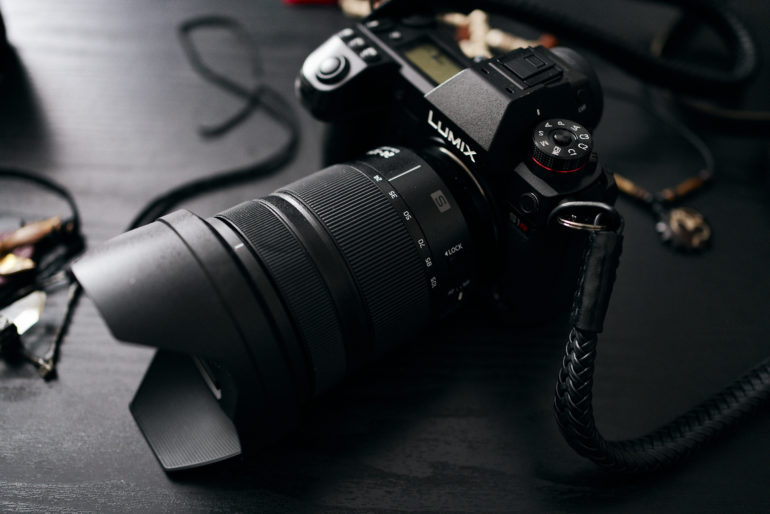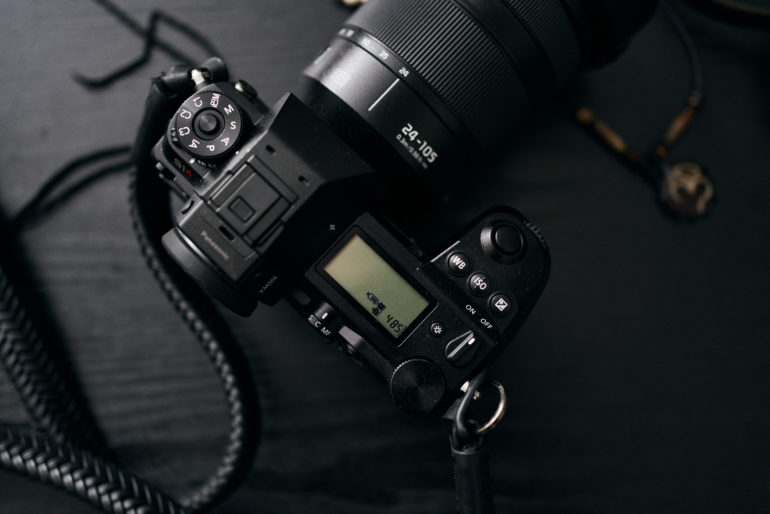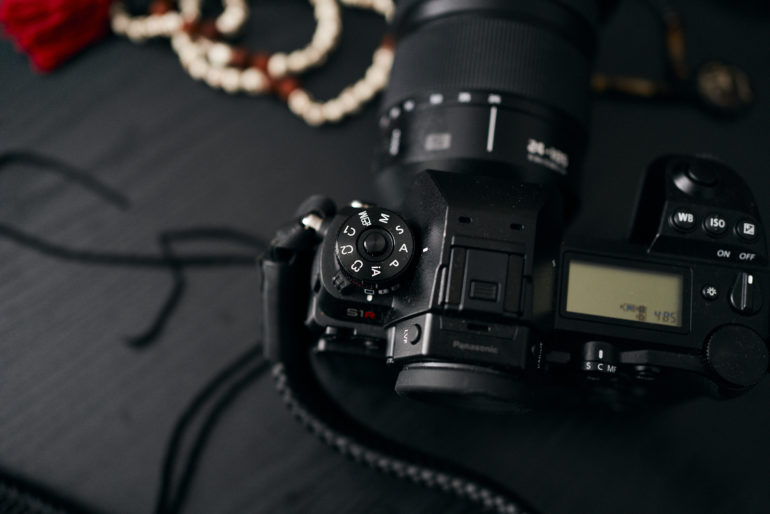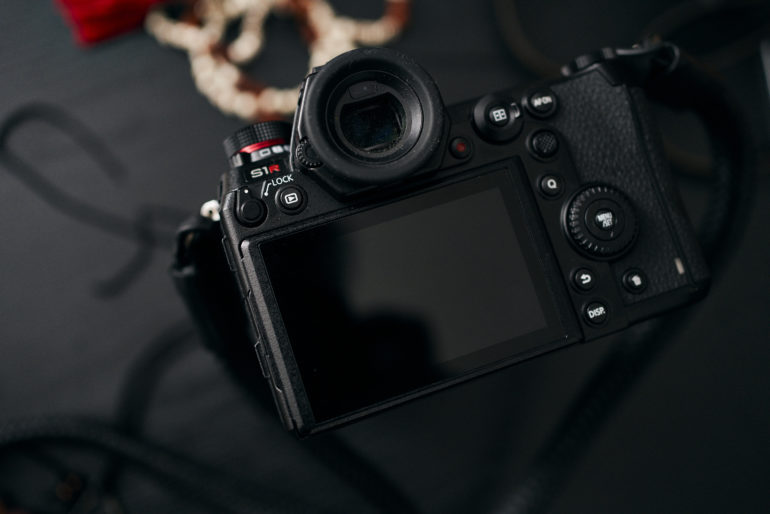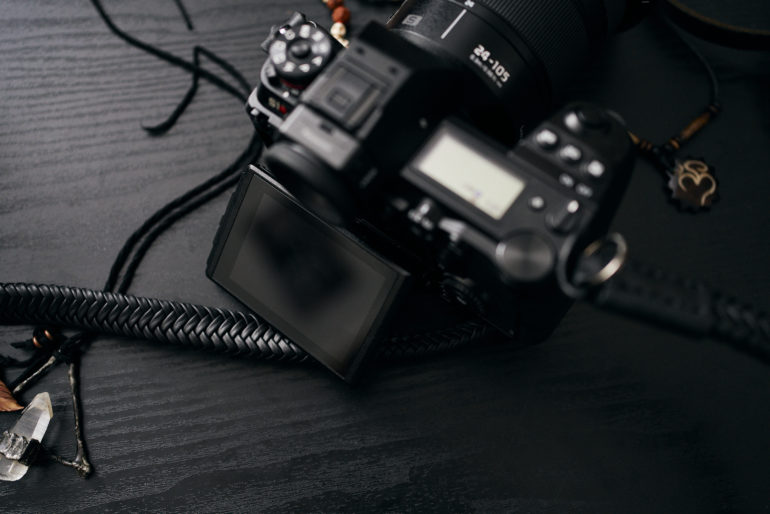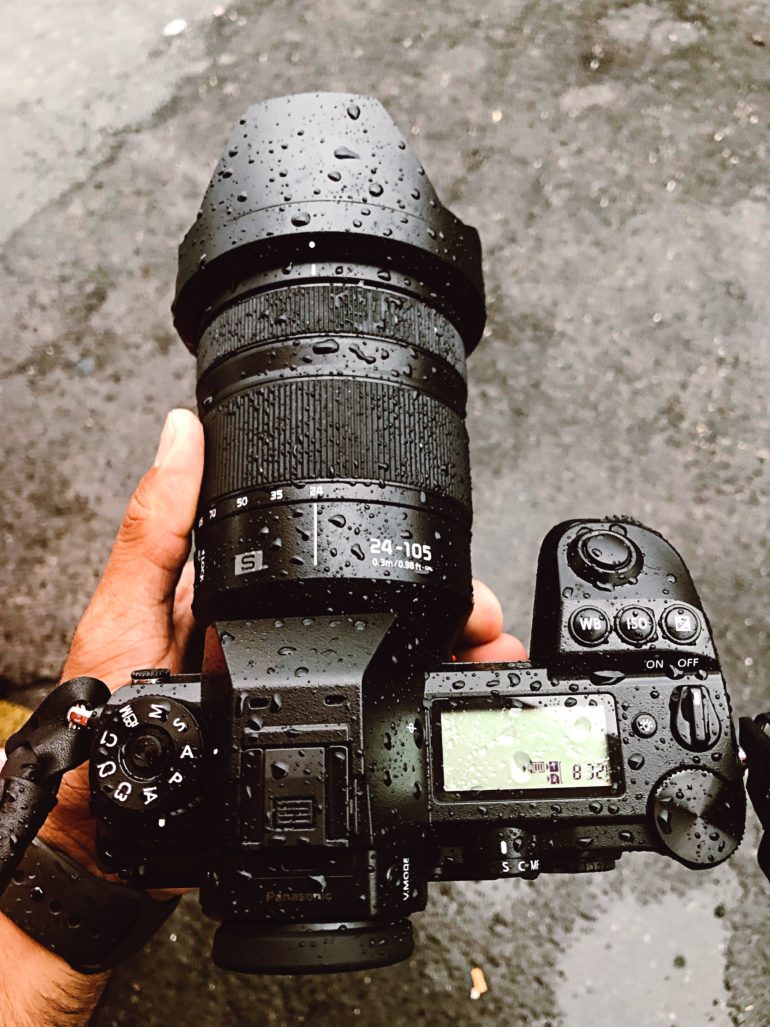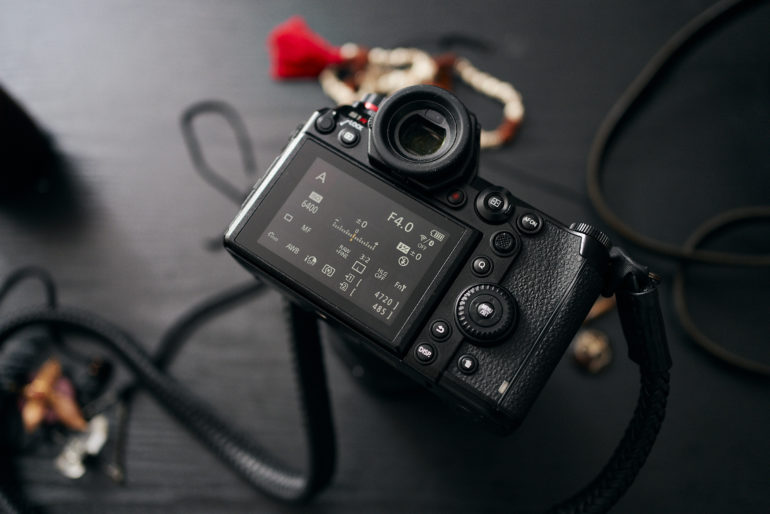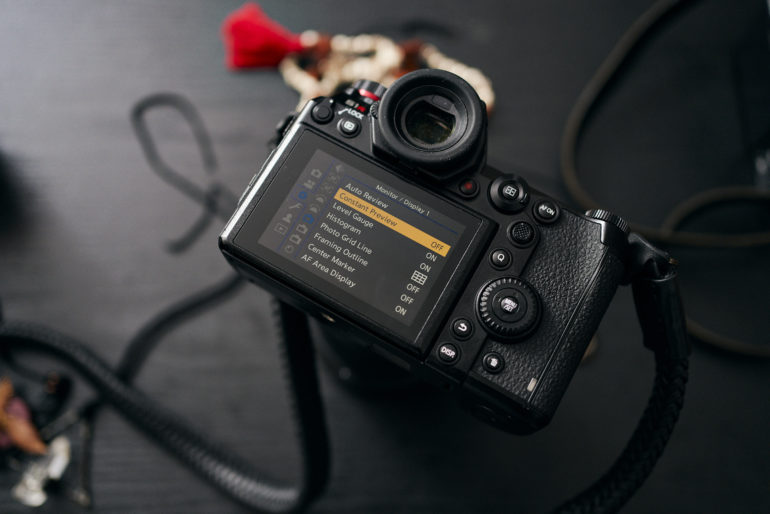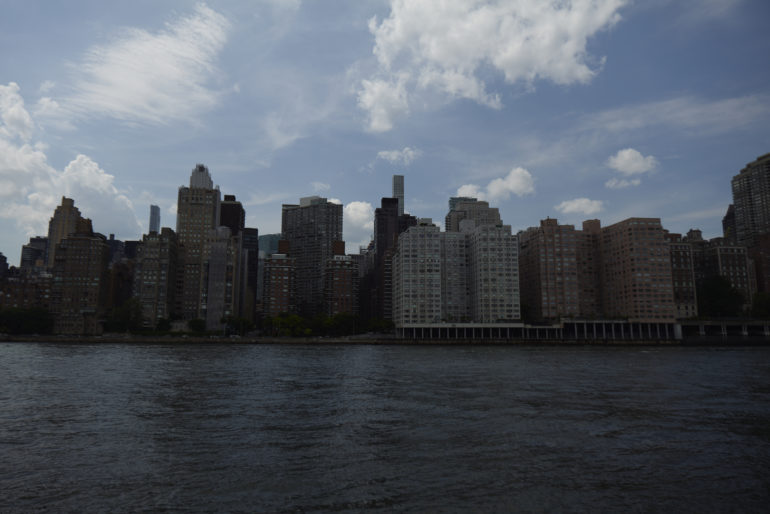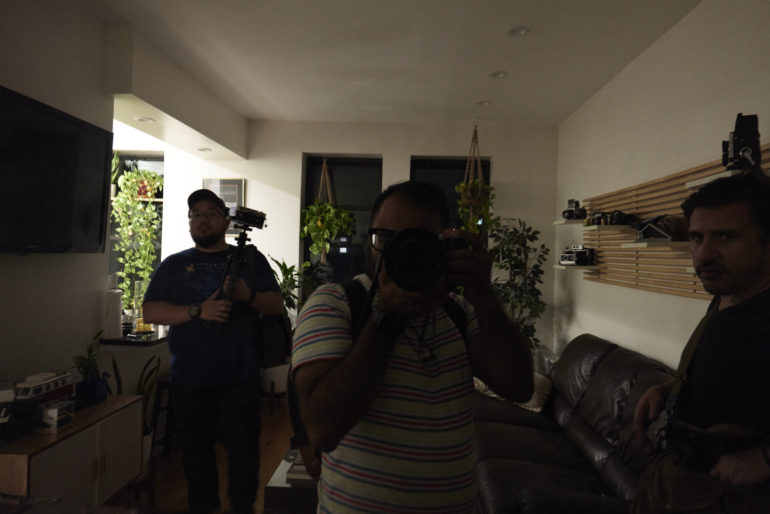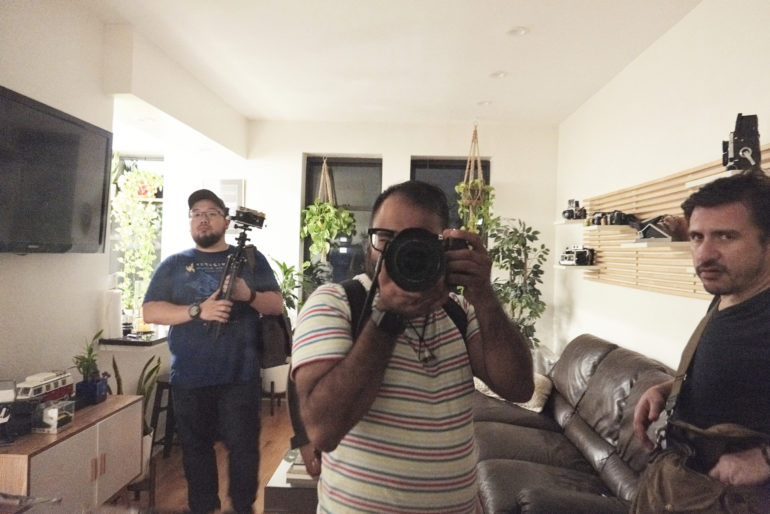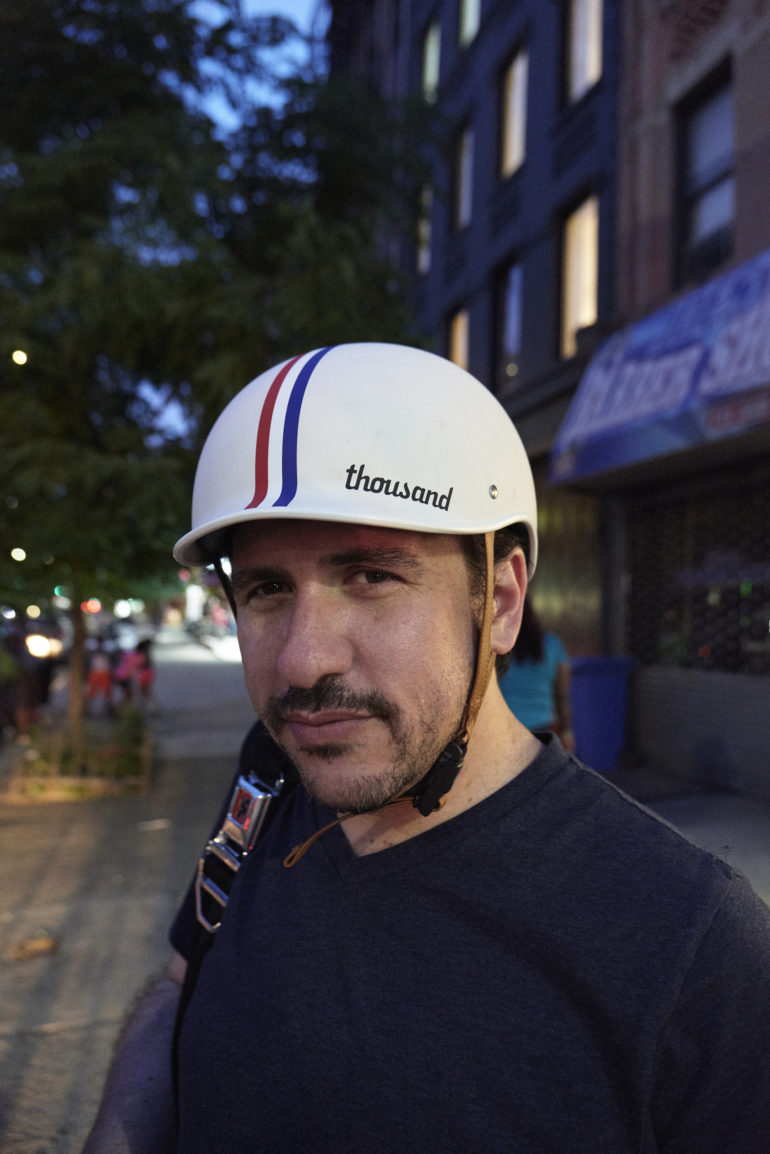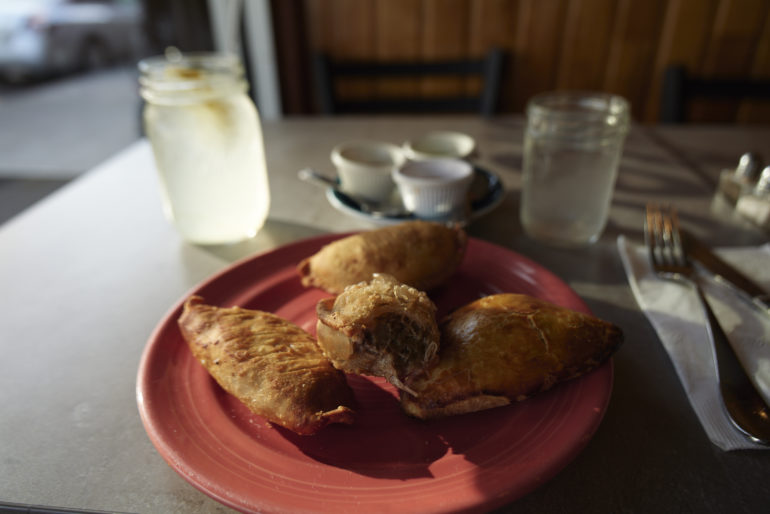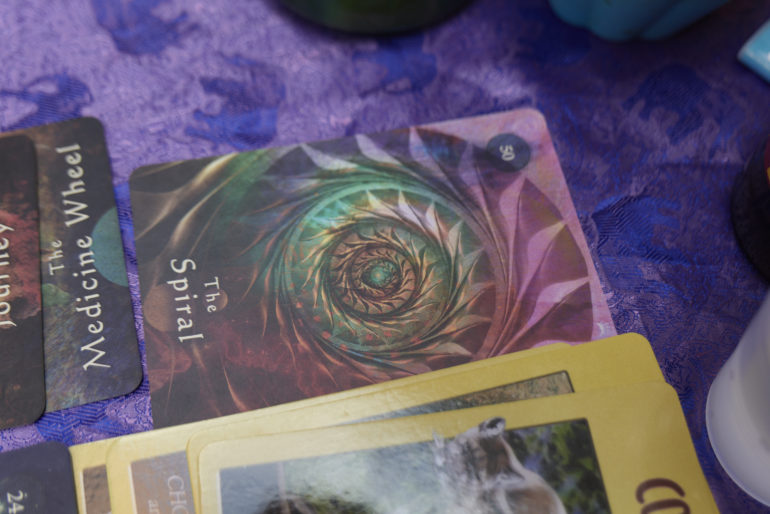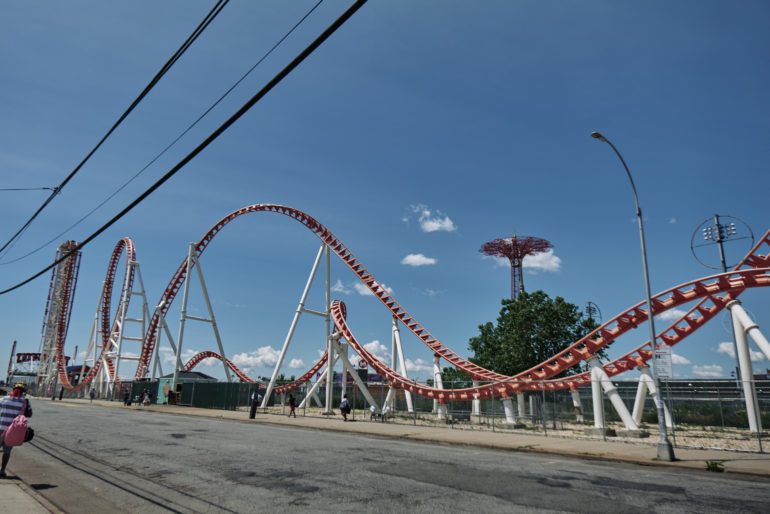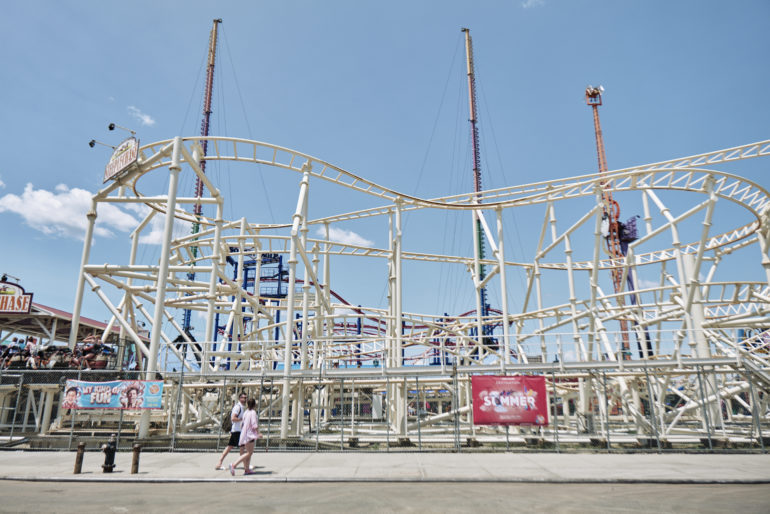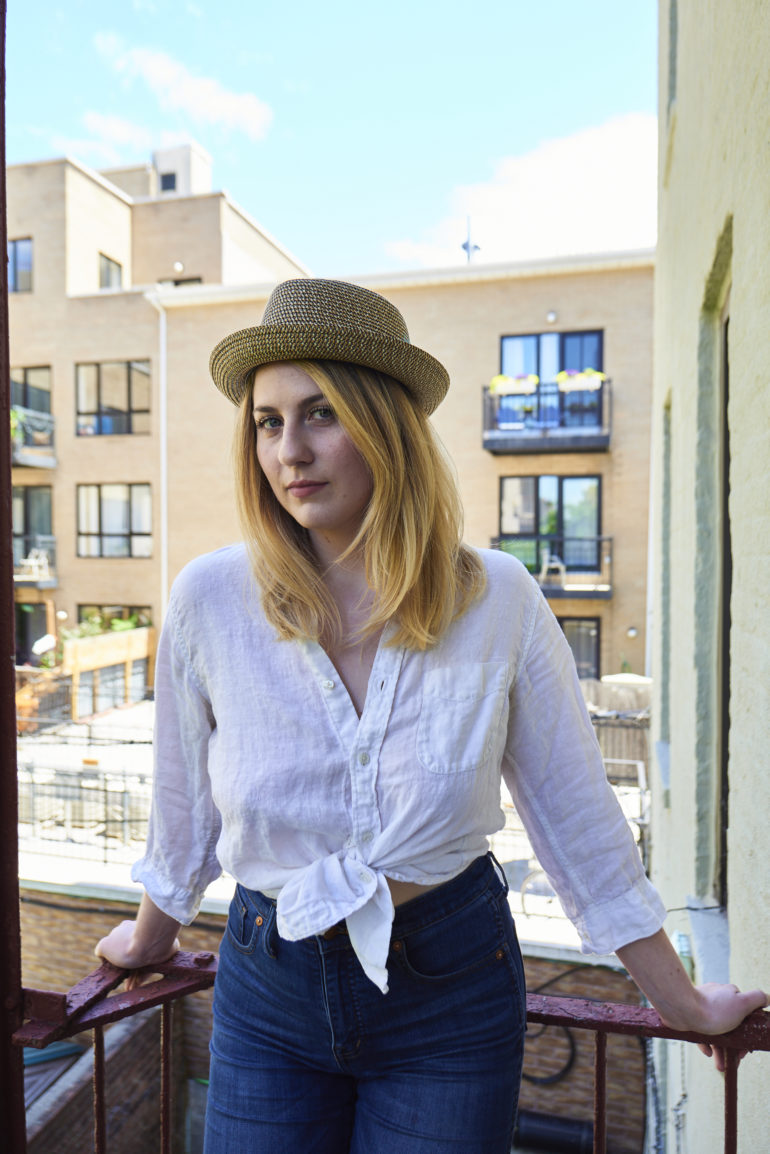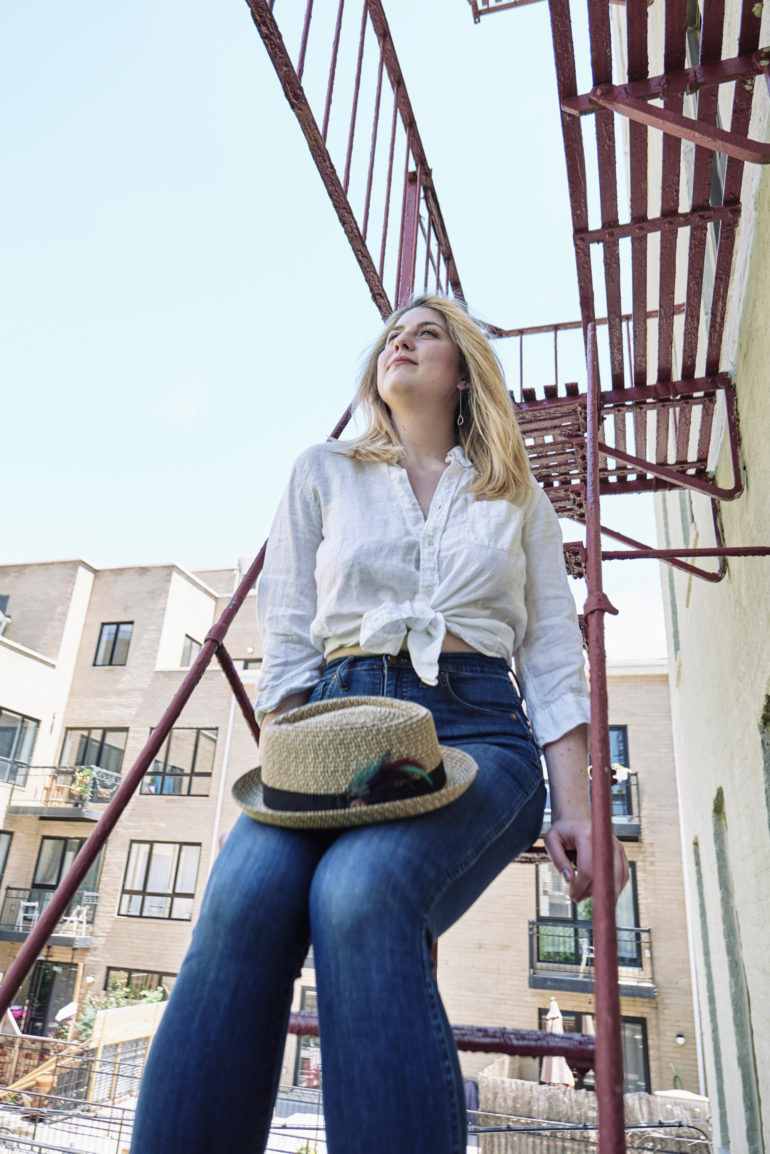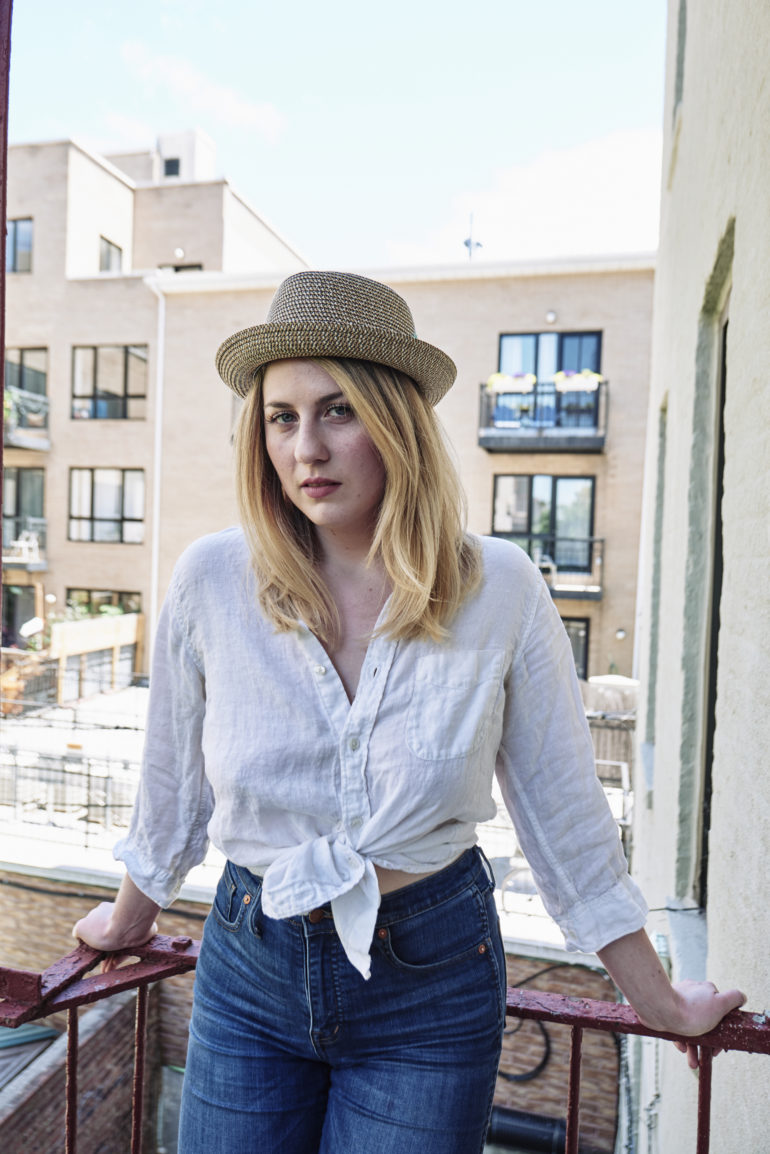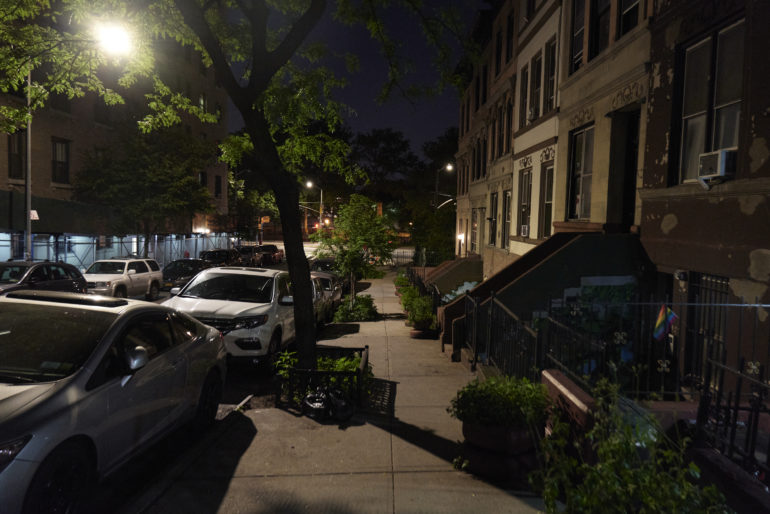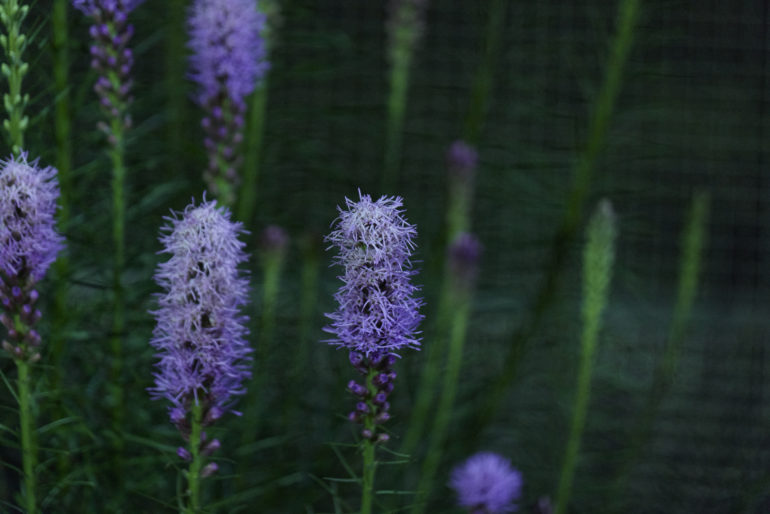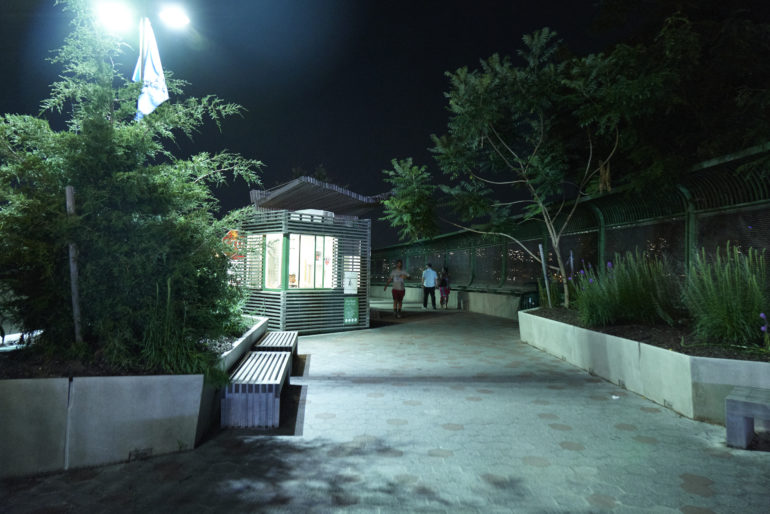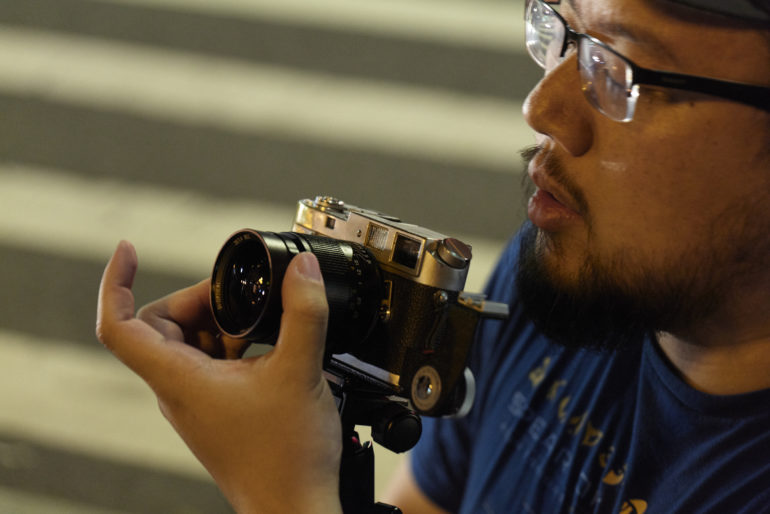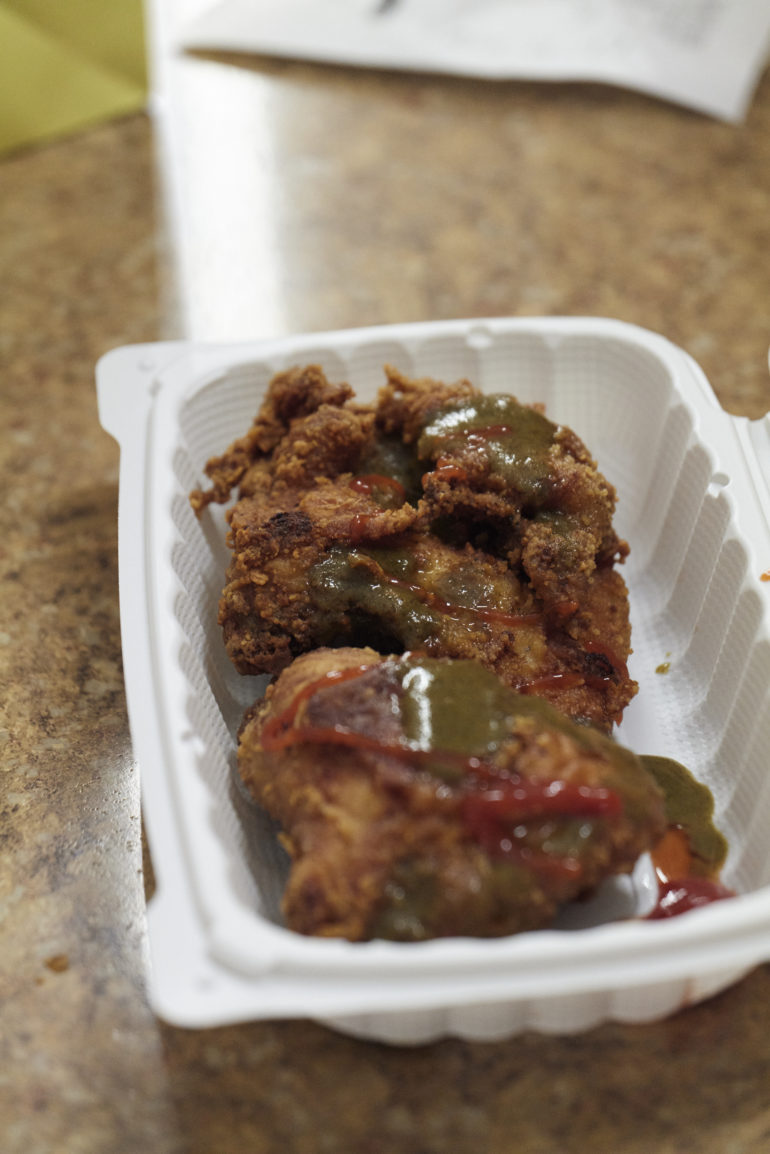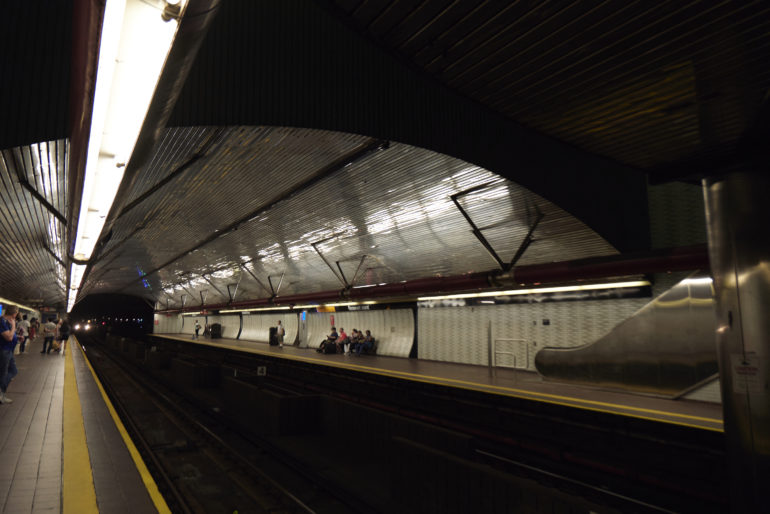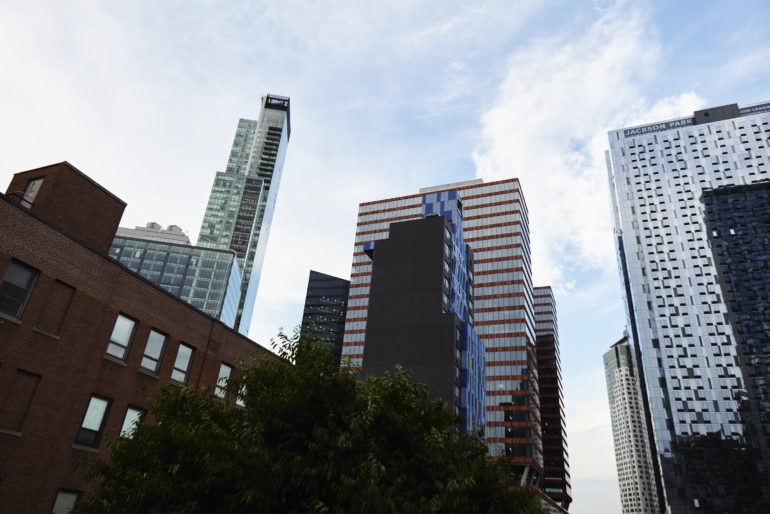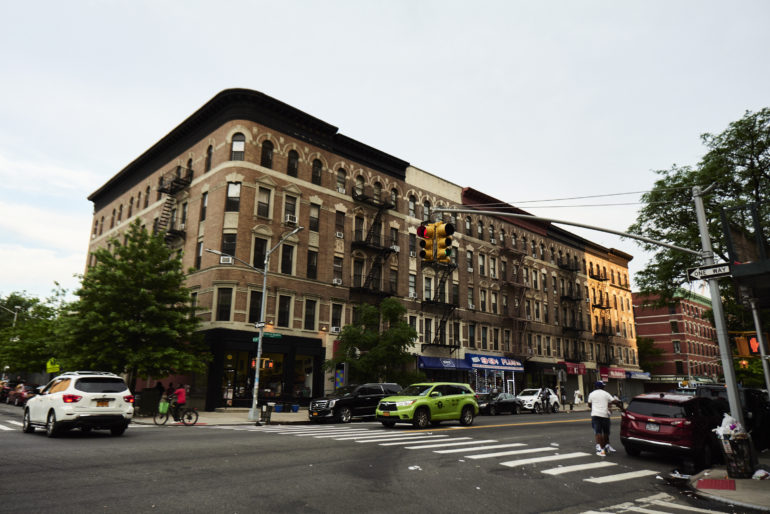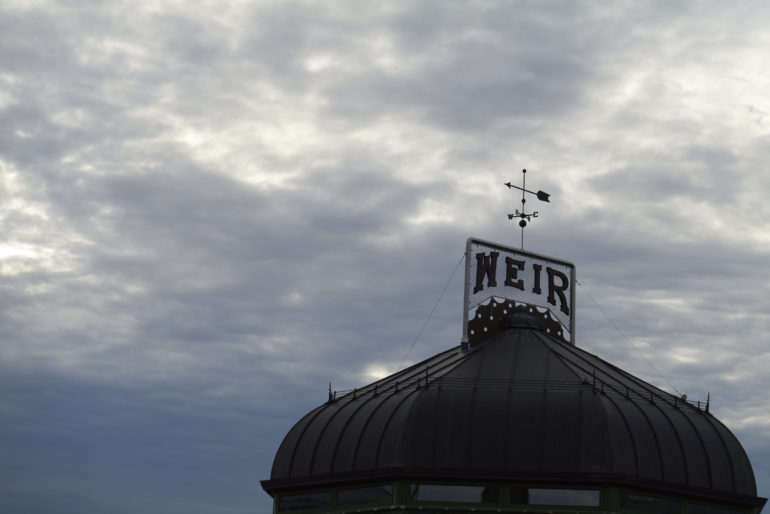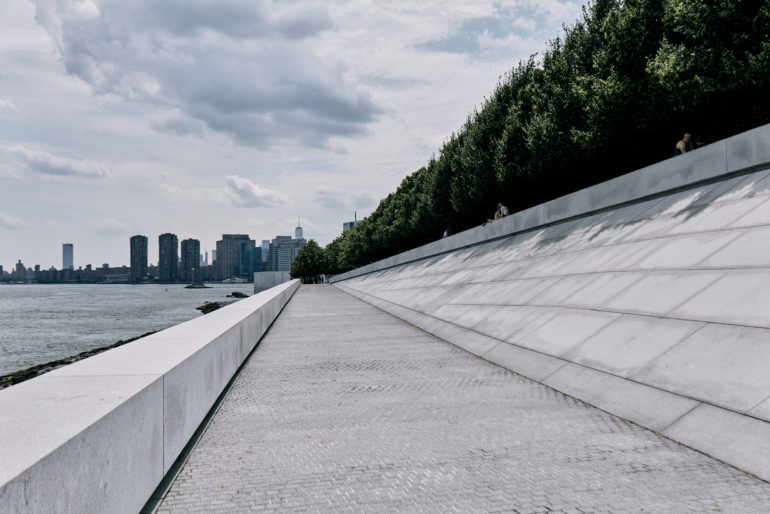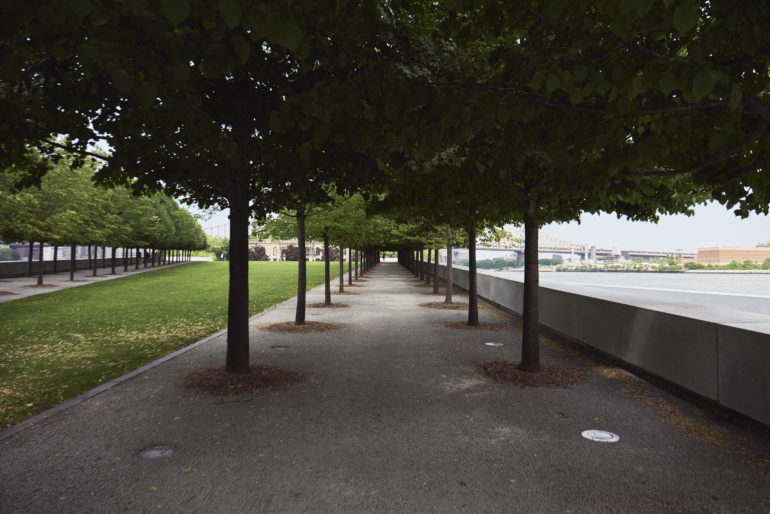Last Updated on 02/24/2020 by Mark Beckenbach
With the Panasonic S1R photographers are getting another soon to be great camera system that needs to evolve a bit more.
When the Panasonic S1R was announced last year, I was very excited that a company was creating a real professional competitor to Sony. But when I held it in my hand, I grew concerned about its size. It’s big: the antithesis of what mirrorless cameras are supposed to be. When the time came for me to test the camera, I realized the Panasonic S1R reminds me of a world I left behind years ago: the DSLR world. This camera is designed to bring those who love big, beefy DSLRs over to mirrorless. It’s less designed for the Leica M style users (that I relate to much more). What you’re getting from the Panasonic S1R is very good performance, but I’m not sure it justifies the size.
Editor’s Note: Autofocus section has been updated as of December 2019.
Pros and Cons
Pros
- Good image quality
- Decent autofocus but not great by any stretch
- Weather sealing throughout the body and the lenses
- Direct buttons to get you exactly what you want
- I really like the top LCD screen
Cons
- The buttons and switches can probably get in the way of your shooting unless you thoroughly memorize them
- It’s big, and it gets bigger when you put a lens on it
- Abysmal battery life
Gear Used
We tested the Panasonic S1R with the 24-105mm f4.
Tech Specs
Tech specs taken from the Adorama Listing
- 47.3-megapixel Full Frame sensor 4K UHD
- L-Mount Lens Compatible
- 4K 60p video (3840×2160) / 4K 24/30p Video (3840×2160)
- 5,760K OLED LVF, 9fps Burst, Advanced DFD + AI, 5 Axis Dual I.S 2 (6 Stops)
- 96MP High Resolution Mode
- Magnesium Body, Splash/Dust/Freeze resistant -10 C, Wi-Fi / Bluetooth
- ISO range from 100 – 51,200
- Sensor Size: Full Frame Camera
- Viewfinder: Built-In Viewfinder
- In-Body Stabilization: 5-Axis Optical
- Wifi: Wi-Fi: Yes
- Special Features: Bluetooth
- Configuration: Body Only
Ergonomics
The Panasonic S1R is a big camera by all means. It feels akin to something like an old school Canon 7D. If you’ve got big hands you’ll probably like it. The front of the camera has a few buttons the way most professional DSLRs have.
Turn to the top of the camera and you’ll find a whole lot going on. The right side has the on/off switch along with many direct controls. There is even a dedicated ISO button. Plus, check out that big LCD screen.
On the other side is the mode dial along with another switch for the various drive modes. This can sometimes be confusing until you configure it how you like.
The back of the Panasonic S1R has a giant LCD screen and many other buttons and controls. There is a Canon-style back dial, a joystick, a knob for choosing the AF type, and more. Of course, you can’t miss the big EVF. By far, this is the best I’ve used.
Also, the screen tilts for when you need it to do something like that.
Build Quality
The Panasonic S1R and the 24-105mm f4 (available as a bundle option with the camera) are both very weather sealed. We took them out into the rain to shoot and they continued to keep functioning and shooting without any problems. For a camera this big and beefy, I’d expect it to be very weather sealed. Indeed, with the Panasonic S1R being targeted at professional photographers, we were able to prove that it can keep up with the demands of a photographer who needs to keep working and may sometimes be rough with their gear.
Ease of Use
I’ve always liked the Panasonic menu system for its relative simplicity, and the Panasonic S1R shares the same philosophy as many of its G series counterparts. With the Panasonic S1R, the labels and the icons are all big and bright. Indeed, even for a legally blind person like me, they seem almost obnoxiously large. In fact, I thought, “What are these people, blind?” After calling the kettle black, I realized how nice this is.
Once you memorize Panasonic’s deep menu system, you can basically use the touchscreen to do two taps in order to get to exactly what you want and need. Canon has this and I’ve always wondered why a few other manufacturers haven’t implemented this feature yet.
If you’re wondering about the use of the rest of the camera, there will be a learning curve. Certain functions are set to dials and buttons and said functions aren’t in the spots where you’d expect them to be. So before you take a deep dive into using the camera, sit down and really play with it. It requires new muscle memory for sure. It’s much different than Sony, Fujifilm, Canon, or Nikon.
Something else you should know is just how awful the battery life is. There were times that I was very happy to have the Panasonic S1R slung around me like a companion camera. But then the battery life would dissipate almost as fast as a whiskey cube does in a glass on a warm day. I tried a number of things, like dimming the screen and ensuring that Wifi was turned off, but two other people confirmed with me: the camera got really hot after some time.
Autofocus
Perhaps my biggest qualm with the Panasonic S1R, after the size, is the autofocus performance. In good lighting the Panasonic S1R performed very well. But when the light starts to get dim, it’s going to suffer. The camera has a lot of different focusing modes that need to be used in conjunction with focusing point selection for the best results. This is very much like what everyone else does but it’s even more important with Panasonic.
Here’s a situation where the lighting was fantastic and the subject wasn’t moving very quickly toward the camera. The Panasonic S1R was able to keep up with moving subjects during a parade. That means as long as someone isn’t sprinting it will be able to keep up. In reality, this is most situations except for some journalistic assignments.
In low light situations, the Panasonic S1R tended to struggle. Like old Fujifilm cameras and autofocus systems, you need to use a smaller autofocus point to get more precise focusing. But when you do that, the autofocus becomes slower to use. To be fair, this is the case with everyone except for Sony. But with Panasonic, the focusing system will take its sweet time.
Overall, I’m not too thrilled with the autofocus performance from Panasonic. The only system that I’d say is worse is Nikon. Fujifilm, Sony, and Canon all keep up. As it was, I also didn’t find face detection on the Panasonic S1R’s autofocus system to be very good either. This is a big disappointment for me and it makes me wonder what sort of photographer will purchase one.
Update 12/1/2019
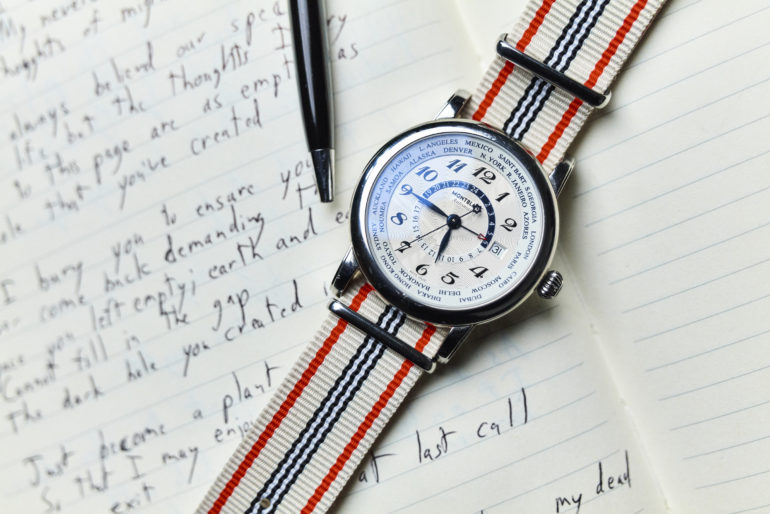
After the latest firmware update for the Panasonic S1R the autofocus performance has very much improved. It still, however, isn’t better than Sony, Canon or Fujifilm’s autofocusing abilities. Is it faster? Yes. Is it accurate? Well, not always. When using the Panasonic 24-105mm f4 S Pro with its latest firmware update, we got some weird errors. Using the single fine point autofocus method, we were able to acquire focus on a subject. However, it wasn’t actually in focus. This is something that we sometimes see with Sony and it happened really at macro ranges. Otherwise, the camera and lens surely tracked faster. It’s much more usable than it was before, but I’m still not convinced that it can hold its own with the other brands. If anything, it’s about on par with Nikon.
Image Quality
Once you manage to get an image in focus, you’ll be delighted to see how wonderful the image quality from the Panasonic S1R is. These RAW files are every bit as versatile as those from the previous generation of Sony camera bodies with a 40+ MP sensor. Capture One Pro renders the RAW files to be very useful for portrait and landscape photographers (who I believe this camera may really be targeted to).
RAW File Versatility
As you can see in these images, a whole lot of detail can be recovered from the shadows. That’s great to hear in case you happen to underexpose the image. However, with Capture One you’re going to need to figure out a new way to edit. If you’ve been working with Sony or Canon files, then you should not start working with the color channels to start, but instead begin with basic adjustments. After that, you can touch things up. If anything, the way that Lightroom presents the editing panel will perhaps make the most sense. (I cringed typing that sentence.)
In this portrait, some readers commented before that they didn’t like the sky. That’s because it has been recovered in post.
High ISO Output
The Panasonic S1R delivers pretty clean high ISO images. When it came to printing the above ISO 6400 image, it was pretty difficult. The camera focused on Harish’s hat instead of his face. In the print from our Canon ProGraf 1000 using Canon Pro Luster paper at 17×22 inches, we found that the Panasonic S1R’s ISO 6400 RAW file printed very clean but lacked a lot of details. I’m resigned to believe that it’s the lens: any Nikon Z7 prints we’ve made have been done with super sharp prime lenses. The same goes for Sony’s and Canon’s options. Either way, the Panasonic S1R produces clean, ISO 6400 images for prints up to 17×22 inches, but you’re bound to lose details.
Extra Image Samples
Conclusions
Likes
- Image quality
- Weather sealing
Dislikes
- Price
- Size
- Autofocus
- WHY THE HELL IS IT SO BIG?!
In my eyes, the Panasonic S1R is a very first generation camera. But for what it’s worth, it’s a very good step into the current generation of cameras on the market. It’s designed for professional photographers and I completely understand that when it comes to the ergonomics and the image quality. But professionals also need reliable autofocus. The Panasonic S1R can do that in good lighting, but otherwise, it’s a bit lacking. Panasonic’s L mount lenses still number very few, but Leica has a lot of them (with Sigma pledging to deliver more in the future). With three companies coming together to form a system and build on it, I really hope they don’t try to step on each other’s toes and instead work to make it better. At this price point, I’m not sure the Panasonic S1R is worth it when the Sony a7r IV will be doing more for less. You’re not getting the ergonomics, but some of us like smaller cameras.
We’re giving the Panasonic S1R 4 out of 5 stars.


